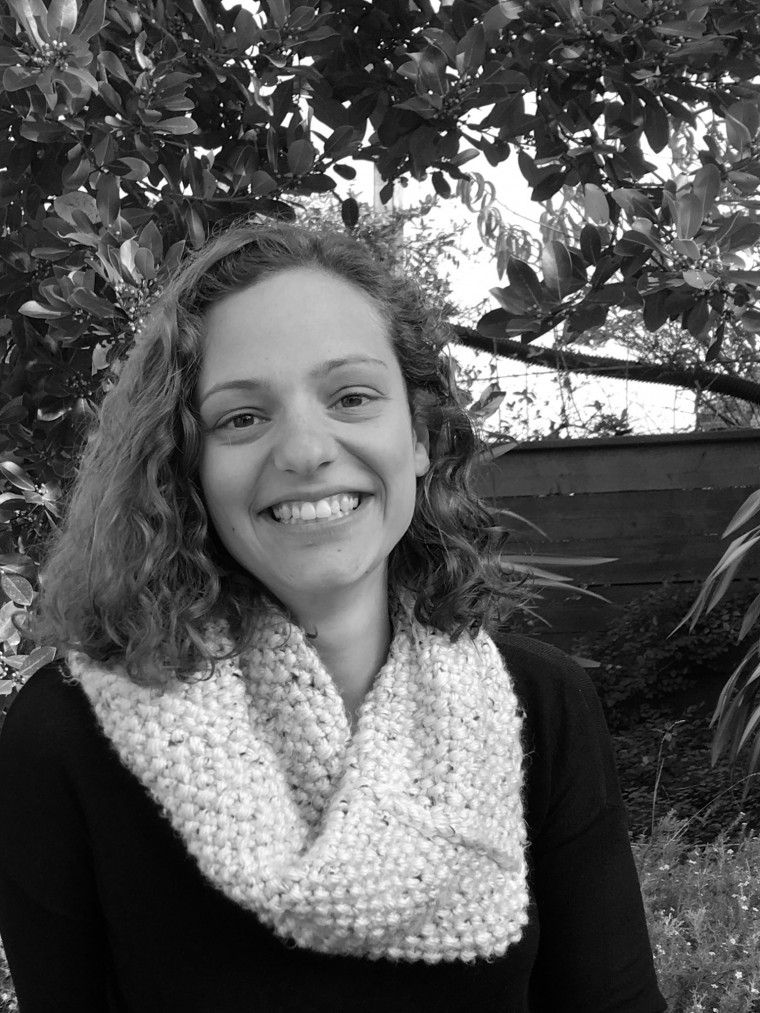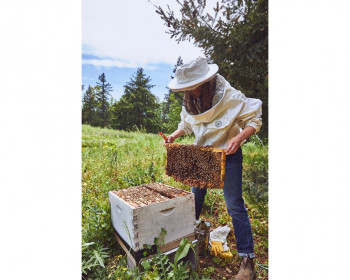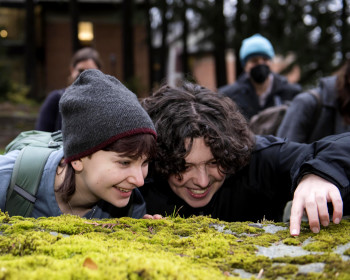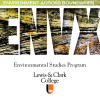ENVS Blog: Learning on the Cutting Edge of Climate Change Adaptation
Open gallery

As a freshman at Lewis & Clark I was drawn to ENVS because I was interested in studying the built environment. My concentration was titled Urban Design and Public Space in the Postindustrial World, and addressed how social and biophysical processes affect the design of built environments, and how these processes influence public uses of space. The interdisciplinary nature of the department allowed me to explore a lot of different subjects while also keeping my studies grounded in core ENVS principles. ENVS provided a deep dive into the breadth of environmental, social and economic challenges we are facing and left me feeling both overwhelmed by the magnitude of these issues and inspired to take action.
The fall after graduation, I moved to Berkeley, CA to participate in a fellowship at Urban Adamah, an educational urban farm and community center that integrates Jewish tradition, sustainable agriculture, and social action to build just and sustainable communities. Urban Adamah felt like the perfect way of combining my Jewish identity with my ENVS background. Through edible education on the farm, volunteering with local food justice organizations, and co-managing a weekly free farm stand, I felt that my actions were directly contributing to solving some of the problems that I had studied in ENVS.
After a couple years working a variety of jobs around the Bay Area and in Seattle, I was back at Urban Adamah where I was involved in the design process and construction for their new two acre urban farm in Berkeley. This experience got me thinking a lot about how intentional spaces and environmental design solutions are powerful in influencing our natural world and our experience in cities. I decided to delve deeper into this by taking landscape design and drafting classes, and ultimately decided that I wanted to study landscape design more formally.
Currently, I am working for a project called Resilient By Design, a collaborative research and design initiative that brings together design experts, community members and local leaders to develop innovative design-driven solutions to climate change effects around the San Francisco Bay. Learning from community members and regional experts, teams of designers, engineers and scientists have identified critical vulnerable areas along the bayfront and researched a variety of interventions and design solutions to strengthen the region’s resilience to social and environmental challenges that exist today as well as future sea level rise, severe storms, flooding and earthquakes.
Resilient by Design was conceived as a journey to foster collaboration and leadership while also addressing big challenges that our communities face in the future. It is very much in line with the interdisciplinary foundation of Environmental Studies and draws on many of the themes that I learned in the program. Resilient by Design provides an opportunity to advance the profession’s knowledge base in the rapidly evolving area of resilience while listening, engaging, and elevating the voices of residents and neighborhoods along the San Francisco Bay shoreline. It has been fascinating to work on the cutting edge of climate change adaptation while facing some of the biggest social and environmental challenges of our time. Addressing the threat of sea level rise lies at the intersection many of the region’s issues - from environmental degradation to the housing and transportation crisis to displacement caused by gentrification and flooding. ENVS prepared me to work in this interdisciplinary environment and grapple with many of these challenging issues.
I hope to continue to focus on resilience and climate change adaptation as I begin my masters degree in Landscape Architecture at the University of California, Berkeley this fall. I believe that urban and environmental design can be a catalyst for social and environmental change, and that thoughtful design is necessary to ensure the future health and resilience of the urban spaces we inhabit. ENVS ultimately set the groundwork for my path to environmental design. I am pursuing a masters degree in landscape architecture because it centers on a creative, interactive approach to finding solutions for the environmental problems that I learned about as an ENVS major.
More Environmental Studies Stories
Environmental Studies is located in room 343A of John R. Howard Hall on the Undergraduate Campus.
MSC: 62
email envs@lclark.edu
voice 503-768-7790
fax 503-768-7620
Symposium Advisor Jessica Kleiss
Environmental Studies
Lewis & Clark
615 S. Palatine Hill Road MSC 62
Portland OR 97219


